
December 25 – Fairies
The myth of fairies has no single origin, but stories of fairy-like creatures are common throughout folklore. These magical creatures usually have a human appearance plus their most distinctive feature – wings. Andrew…

The myth of fairies has no single origin, but stories of fairy-like creatures are common throughout folklore. These magical creatures usually have a human appearance plus their most distinctive feature – wings. Andrew…
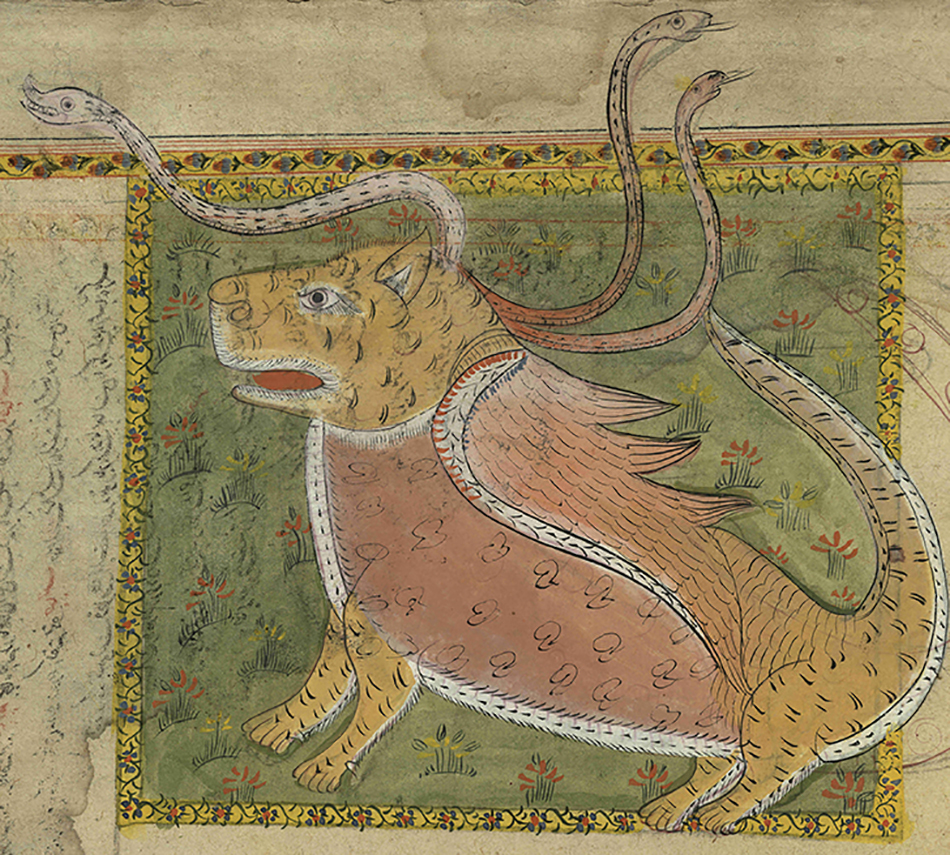
The composite Persian volume known as the Book of Wonders, deals with natural history and geography. It is made up of the ‘Seven Seas’ section of ‘Aja’ib al-makhluqat wa-ghara’ib al-mawjudat (Marvels of Things Created…
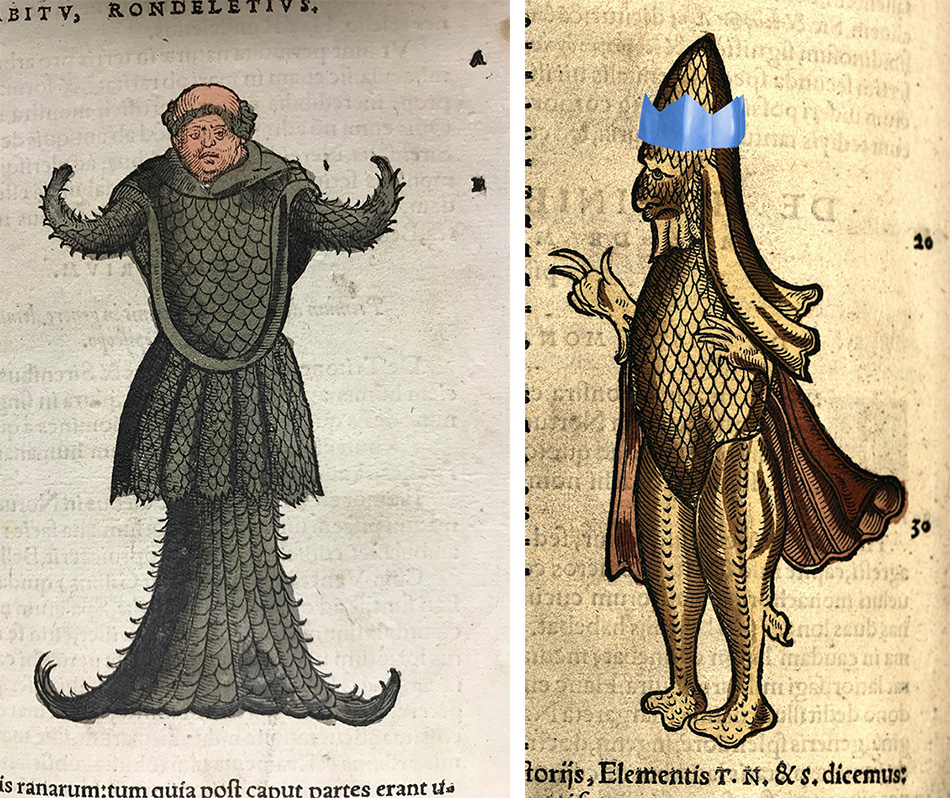
Two wonderfully weird illustrations from Conrad Gesner’s Historiae animalium (1551-1558), are the bishop fish and the monk fish. The bishop fish or sea bishop, with its mitred head (which is slightly obscured by his…
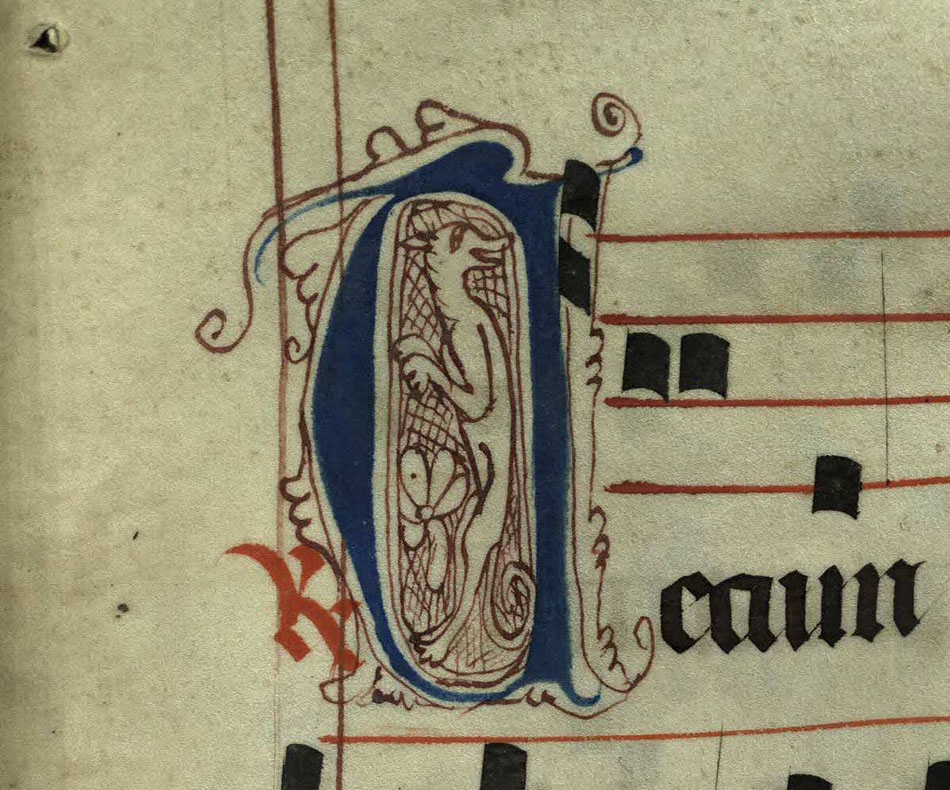
Today, rather than featuring a specific fantastic beast, we are highlighting the gradual. The gradual or graduale was a music book used in liturgy for the choral parts of the mass. Its huge size was to allow up to 4…
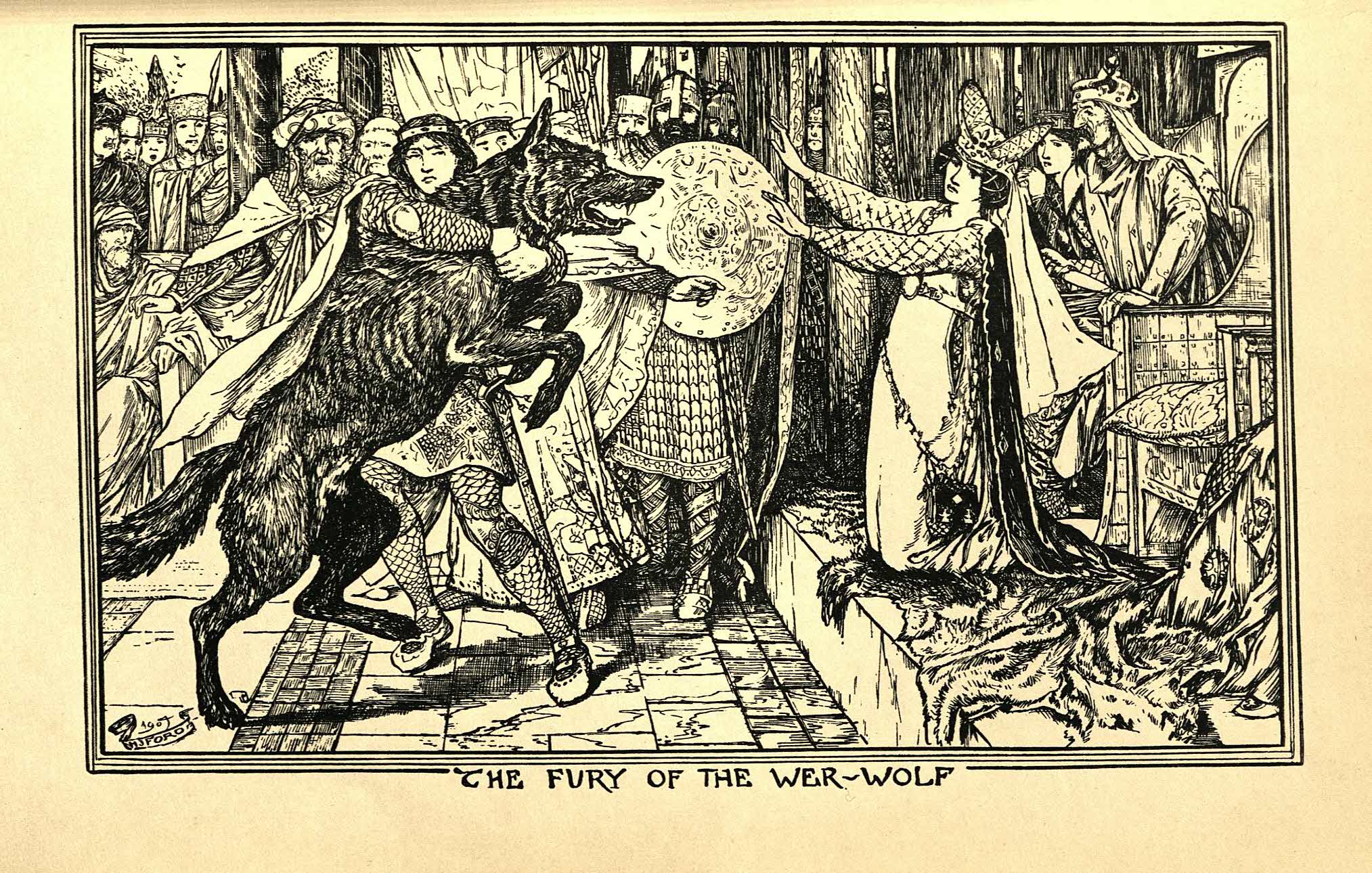
Werewolves are humans with the ability to change into wolves, voluntarily or not, most often on the night of a full moon. This illustration, by Henry J Ford, is from the The Red Romance Book (1905) edited by Andrew…
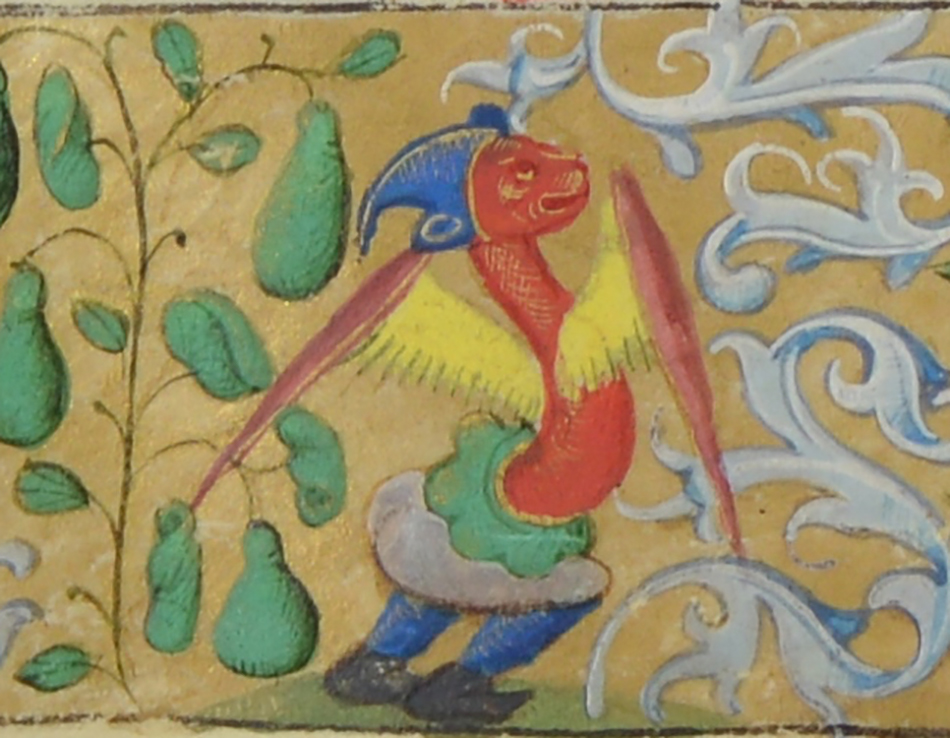
Last week we featured a small dragon which comes from our 15th century Rouen Book of Hours (ms38938). This devotional text includes 13 large full-page illuminated miniatures. The margins of these miniatures include…
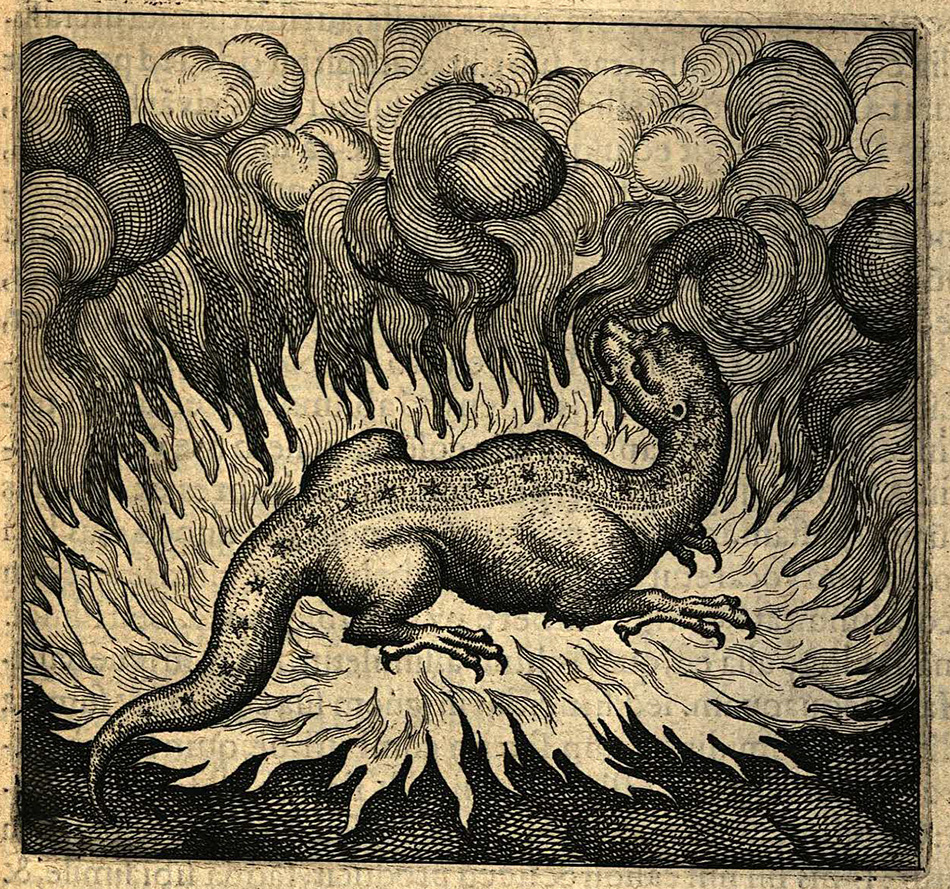
While salamanders are real creatures (lizards), within folklore they have been endowed with remarkable attributes, mainly their ability to withstand fire. The image of a salamander was often used within alchemy as a…

The kelpie, or water-horse, is a shape-shifting water spirit from Scottish legend. Included in the Robert Burns poem ‘Address to the Deil’ (1786), the kelpie is said to lure travellers into the water. The kelpies shown…
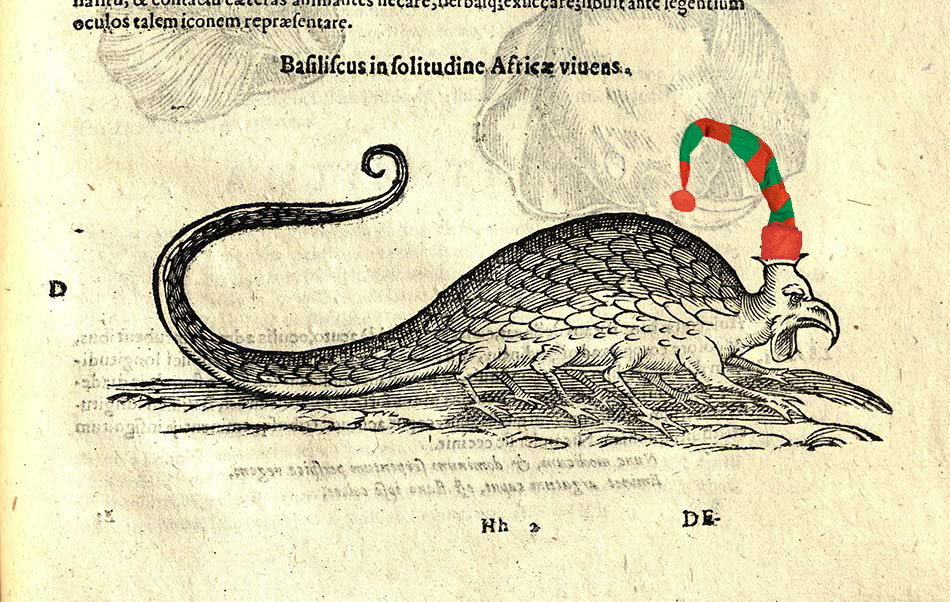
Known as the king of the serpents, the basilisk (from ‘basiliskos’ meaning little king) is a legendary reptile known to be able to kill with just a glance. The basilisk is referred to as the ‘king’ because of the crown…
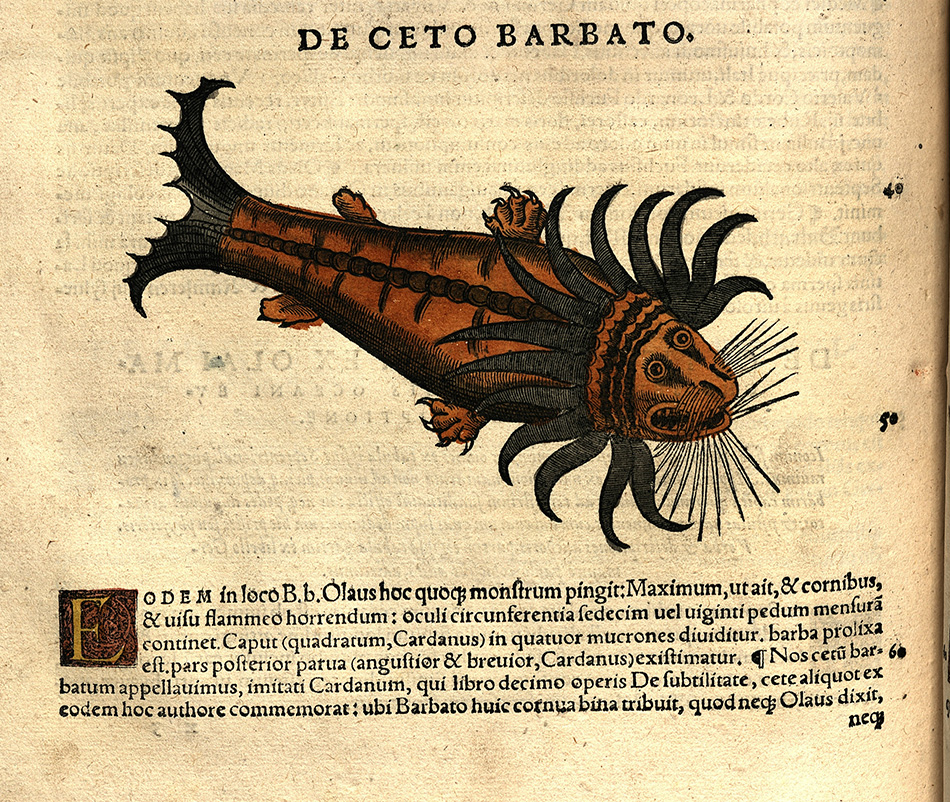
The kraken is a giant sea monster from Scandinavian folklore, said to plague sailors. Olaus Magnus, a Swedish author most well known for his Historia de Gentibus Septentrionalibus (A Description of the Northern…